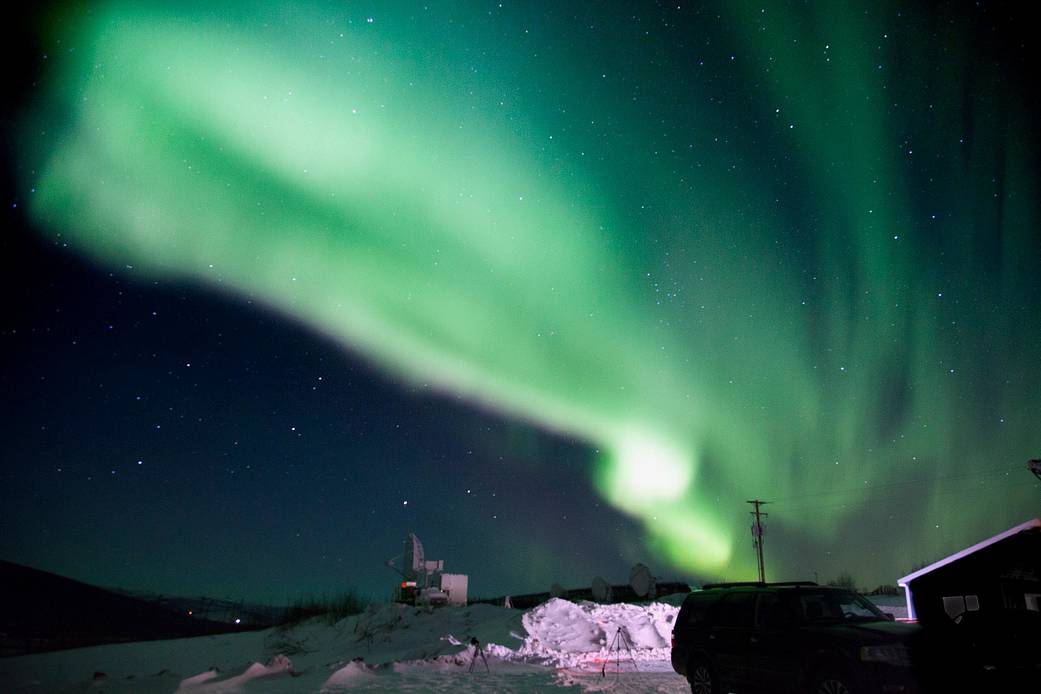New research confirms how particles from space can be sent careening down into Earth’s atmosphere to create the aurora, filling in a missing piece in how this stunning natural phenomenon is generated. The findings were presented on June 7, 2021, at the 238th meeting of the American Astronomical Society and published in the journal Nature Communications.
For the first time, scientists directly observed how electrons can “surf” a type of plasma wave and gain the energy required to spark aurora in Earth’s atmosphere. Partly funded by NASA, the research team set out to study how electrons can be accelerated by waves in plasma — the thin, ionized gas that fills space. Earlier measurements from satellites — including NASA’s Magnetospheric Multiscale mission and two since-retired missions, Polar and FAST — suggested that a certain type of plasma wave called an Alfvén wave could be responsible for energizing electrons that rain down into Earth’s atmosphere and cause aurora. The scientists used the Large Plasma Device at the University of California, Los Angeles to create an Alfvén wave in a controlled plasma environment, allowing them to study precisely how electrons are affected by such waves in detail.
As NASA continues to explore near-Earth space, these results will improve models of the physics in this region and help scientists better target space instruments to study such processes.
Read more about the new research from University of Iowa.
Image: The northern lights were seen over Alaska the night of Feb. 16, 2017, at the Poker Flat Research Range north of Fairbanks. Credit: NASA/Terry Zaperach
By Sarah FrazierNASA’s Goddard Space Flight Center, Greenbelt, Md.




























